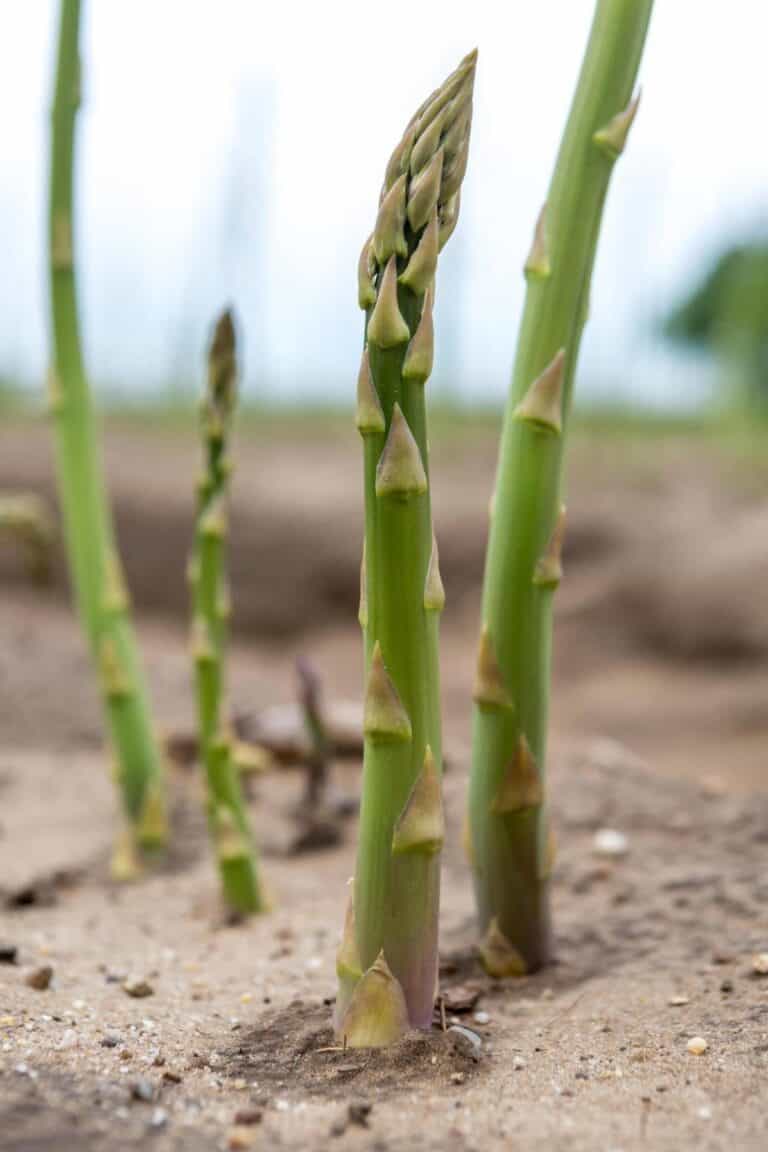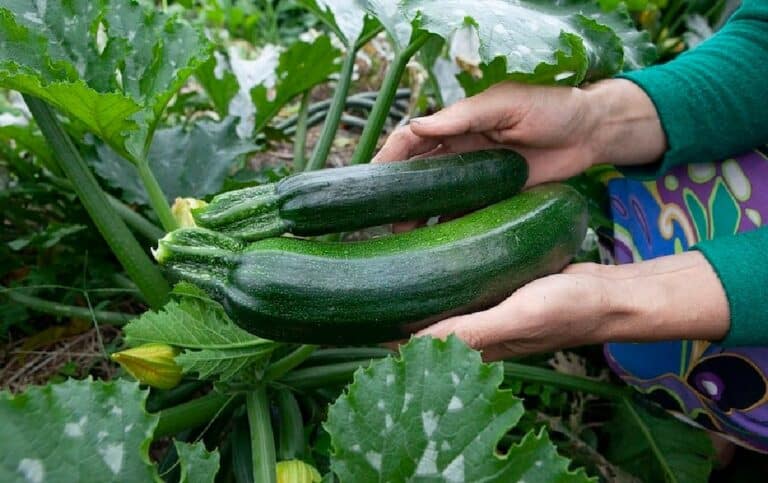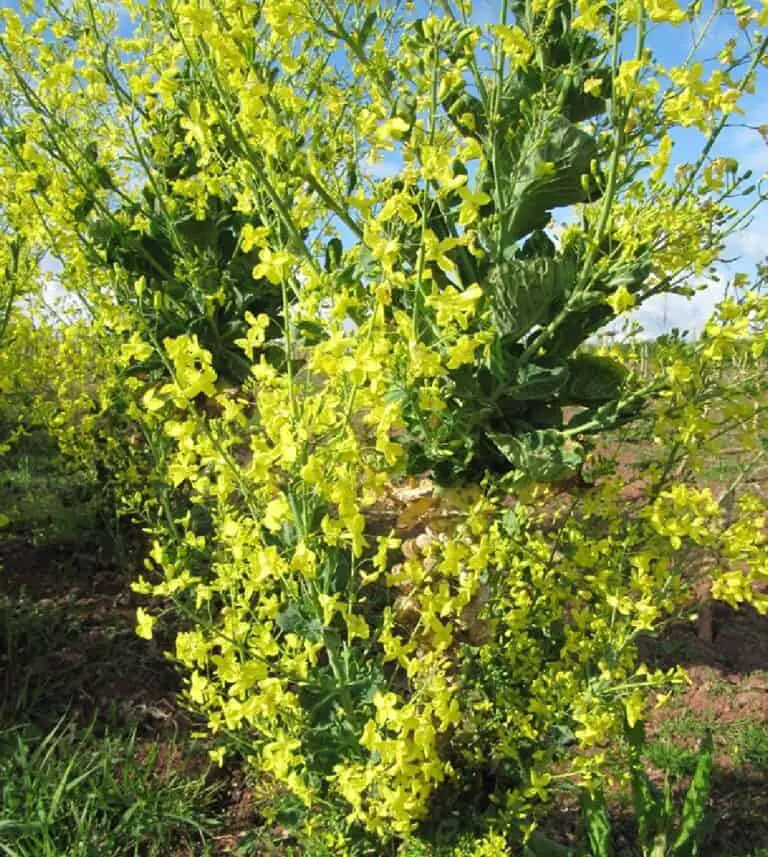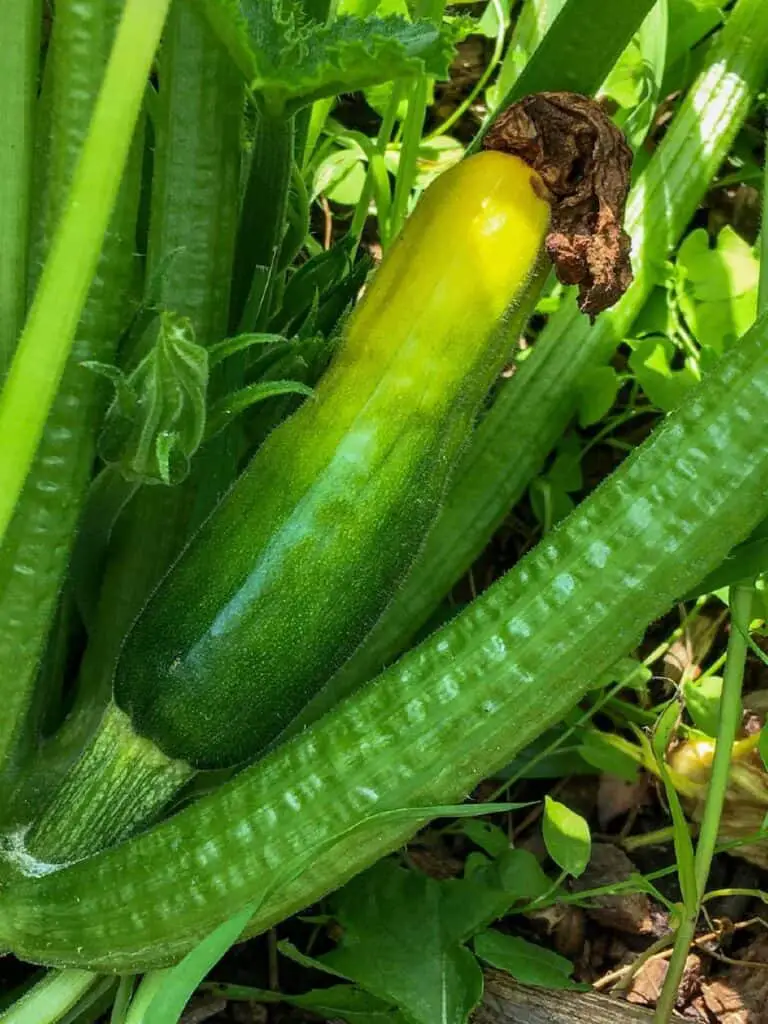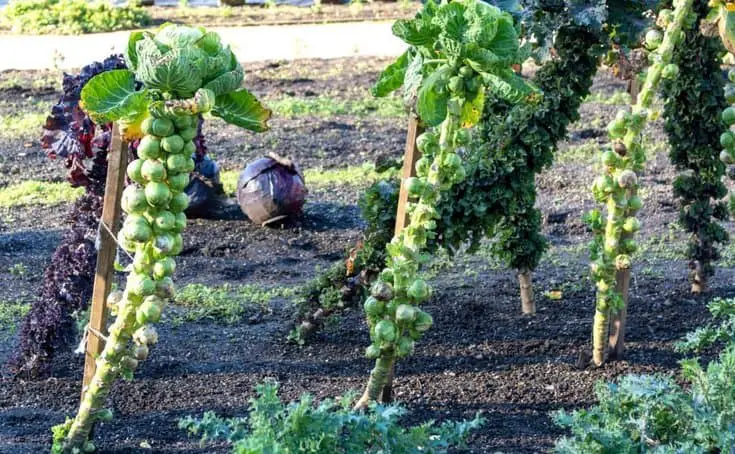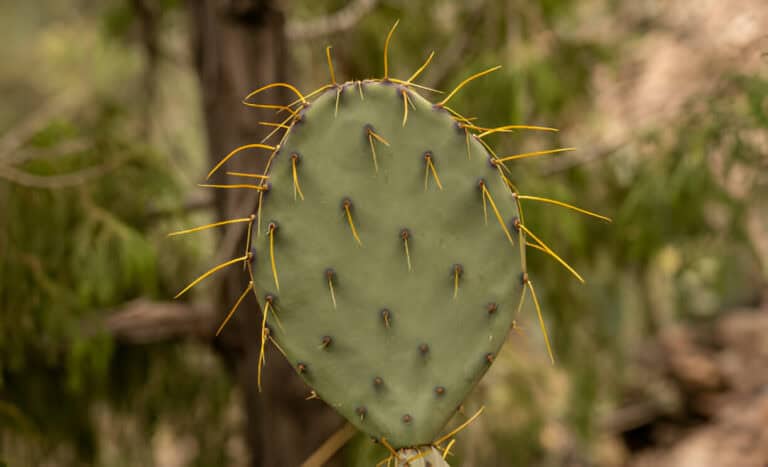Will Your Acorn Squash Ripen After It’s Picked?
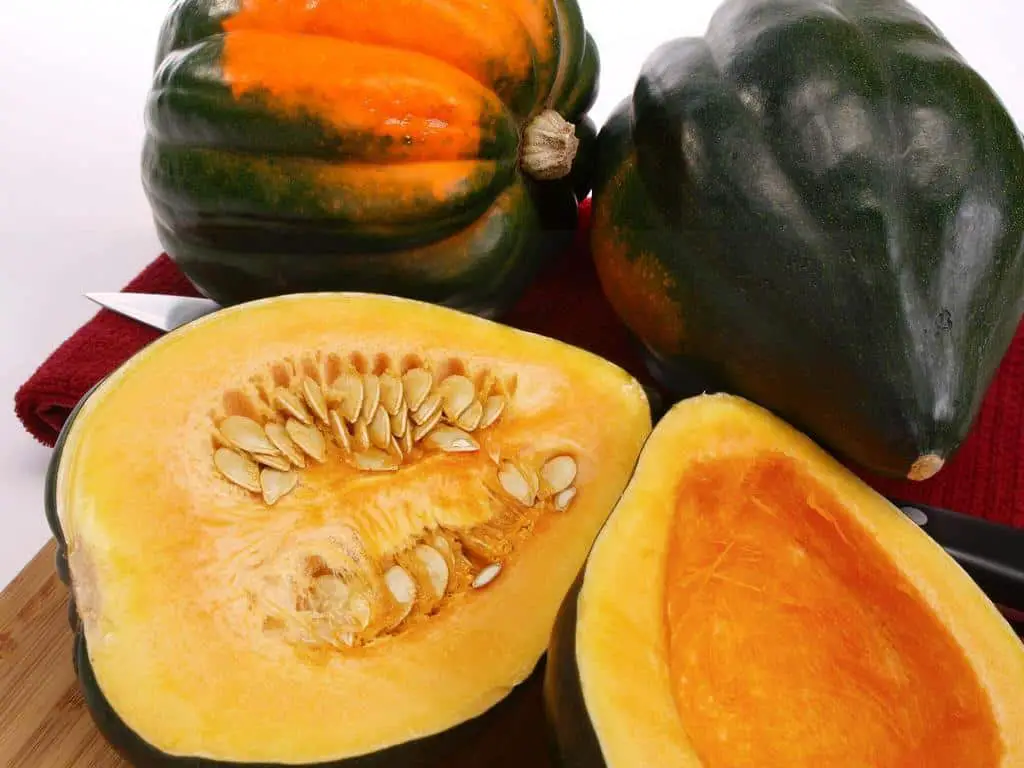
Are you eagerly waiting for the moment when your acorn squash will be perfectly ripe, ready to be transformed into a delicious autumn dish? Making sure that this seasonal staple reaches its full flavor and texture potential means understanding how it ripens.
Acorn squash, like other winter squash, needs to be left on the vine to ripen. Although they will get a little sweeter as they sit for a couple of weeks, if picked too early, they won’t continue to ripen. Therefore, it’s essential to know exactly when and how to harvest your acorn squash for optimal results.
Proper ripening is key to unlocking the sweet and nutty flavors that make acorn squash such a beloved ingredient in fall recipes. Whether you plan on roasting it with savory herbs or turning it into a creamy soup, allowing your acorn squash to fully mature before harvesting guarantees an enhanced taste experience that will leave your taste buds yearning for more.
But fear not! In this article, we’ll guide you through everything you need to know about whether your acorn squash can ripen after being picked. From understanding the stages of maturity indicators to helpful tips on how to determine if it’s time for harvest, we’ve got you covered.
Understanding Acorn Squash Maturity Stages

To determine if your acorn squash will ripen after being picked, you need to understand the different stages of acorn squash maturity. Acorn squash goes through several physical changes as it matures, and paying attention to these characteristics can help you determine when it is ready for harvest.
In the early stages of growth, acorn squash starts off green and hard. As it continues to grow and mature, the skin color gradually transitions to a deep orange or tan hue. The skin should become firm but not overly hard, with a slightly glossy appearance.
A ripe acorn squash will also have well-defined ridges running down its sides and a thick squash that has started to dry out.
It’s worth mentioning that size isn’t always an accurate indicator of ripeness for acorn squash; smaller ones may be just as ripe as larger ones depending on their maturity stage.
By closely inspecting the color, texture, hardness, and overall appearance of your acorn squash, you’ll develop an eye for determining when it’s at its peak ripeness and ready to be harvested!
Also see: How Far Apart to Plant Acorn Squash?
Will Your Acorn Squash Ripen After It’s Picked?
Acorn squash will continue to ripen after it’s picked off the vine. It’s best to harvest them when they are mostly ripened. The skin should be dark green, the portion in contact with the ground should turn from yellow to orange, and the stem should be brown and dry.
It’s important to leave at least a couple of inches of the stem attached to the squash when harvesting to help preserve moisture. To optimize your acorn squash harvest, look for specific indicators before plucking them from the vine. A ripe acorn squash displays a dark green skin, a color transition from yellow to orange where it contacts the ground, and a dry, brown stem.
Factors Influencing Post-harvest Ripening Potential
Exploring environmental conditions (temperature, humidity) that facilitate or hinder ripeness development.
Once acorn squash is harvested, the optimal conditions for ripening are crucial in order to achieve the desired taste and texture. The two main environmental factors that influence the post-harvest ripening potential of acorn squash are temperature and humidity.
Temperature plays a significant role in the ripening process of acorn squash. Generally, optimal temperatures for ripening fall between 50°F (10°C) and 68°F (20°C). Temperatures below this range can slow down the process, while temperatures above can speed it up excessively and negatively affect the flavor.
Cold temperatures below 50°F (10°C) should be avoided, as they can cause chilling injuries and impact both texture and taste.
Humidity also plays a critical role in acorn squash’s post-harvest ripening potential. Inadequate humidity levels can result in shriveled or even rotten fruit. Moderate humidity, between 60% and 70%, is ideal for proper ripening.
Lower levels may lead to excessive moisture loss from the outer skin, causing undesirable wrinkles on its surface. On the other hand, higher humidity may promote mold growth or decay.
How to Identify When an Acorn Squash Is Mature Enough for Harvest
One of the keys to enjoying a delicious and flavorful acorn squash is harvesting it at the right time. But how can you determine when your acorn squash is mature enough to be picked? Luckily, there are some telltale signs that can help you make this decision.
Firstly, size matters. A fully ripened acorn squash will typically reach around 6 to 8 inches in length, with a width of about 4 to 5 inches. It should feel heavy for its size, indicating that it has reached its full potential.
Another indicator of maturity is the color of the skin: once an acorn squash has turned dark green or orange (depending on the variety), it is usually ready for harvest.
Additionally, inspecting the stem condition can provide valuable information about whether your squashes are ripe or not. When an acorn squash reaches maturity, its stem will begin to dry out and turn woody in texture. If you find that the stem is still green and pliable, it’s best to leave the squash on the vine a little longer until this change occurs.
Key Indicators for Harvesting Acorn Squash
| Indicator | Ideal State |
| Skin Color | Dark Green |
| Size | Lenght: 6 -8 inch, Width: 4-5 inch |
| Ground Contact Area Color | Yellow to Orange Transition |
| Stem Condition | Dry and Brown |
Post-Harvest Handling Techniques: Storing Freshly Picked Acorn Squash
After harvesting your acorn squash, the next crucial step is to handle and store it properly for optimal ripening. While acorn squash does not continue to ripen much after being picked, there are ways you can enhance its flavor and sweetness by allowing it to mature further.
Here’s a quick guide on how to store acorn squash for the best results:
1. Cool and Dry Environment
Keep acorn squash in a cool, dry place. A temperature range of 50-55°F (10-13°C) is ideal for slowing down the maturation process without causing chilling injuries.
2. Well-Ventilated Space
Ensure good air circulation around the squash. This prevents moisture buildup, reducing the risk of mold or decay.
3. Avoid Direct Sunlight
Shield acorn squash from direct sunlight, as exposure can lead to premature ripening and affect the squash’s quality.
4. Check Regularly
Periodically inspect your acorn squash. If you notice any signs of decay, use those squash first to prevent spoilage from spreading.
Troubleshooting Squash Ripening Issues
Occasionally, you may encounter issues during the post-harvest stage that can hinder or delay desired changes in your acorn squash’s ripening process.
Uneven Ripening: Inadequate air circulation and a range of maturity levels can contribute to it. Solutions: Rotate squash regularly and store in a well-ventilated area.
Premature Softening: Causes: High temperatures, excess moisture. Solutions: Adjust storage conditions; move squash to a cooler, drier spot.
Rotting: Injuries suffered during harvesting or poor storage conditions are frequently the cause of rotting. Inadequate ventilation or high humidity levels are additional common causes.
Mold growth: Mold thrives under moist conditions; therefore, make sure there’s no excessive moisture around your stored squashes.
Seeds sprouting: If seeds start sprouting inside an unripe acorn squash before reaching full maturity externally, discard these squashes accordingly, as their flavor profiles may have been compromised due to premature sprouting.
Early signs indicating over-mature fruits: Keep an eye out for signs such as shriveled skin, overly soft flesh, or a foul odor, as these are indicators of squash becoming too mature and may result in unpleasant flavors.
Read: How Do You Know When Acorn Squash Is Ripe Inside?
Possible Uses of Underripe Acorn Squashes
If you find yourself with underripe acorn squashes, don’t worry – they can still be used in various ways:
Cooking methods like roasting or baking can help soften the texture and enhance the natural sweetness of underripe squashes.
Use them in soups or stews where prolonged cooking times will allow them to fully develop their flavor.
Experiment with pickling techniques to transform the crunchy flesh into tangy snacks or condiments.
Conclusion
In conclusion, understanding how acorn squash ripens after it’s picked is essential for ensuring a satisfying eating experience. By providing optimal storage conditions, allowing sufficient time for ripening, troubleshooting any issues along the way, and exploring creative uses for underripe squashes, you can enjoy delicious meals made from your homegrown produce.
Take proper care of your acorn squash harvest and savor the rewards when they reach their peak ripeness.

